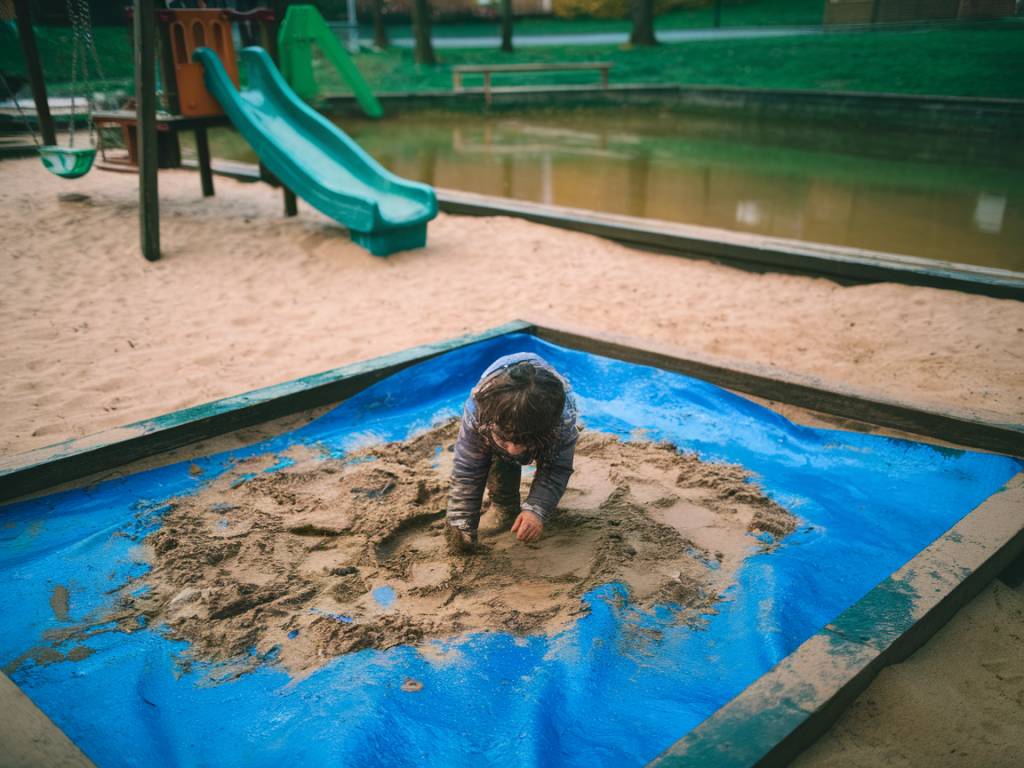Per- and polyfluoroalkyl substances (PFAS) might sound like a mouthful, but their impact on child development deserves our attention. These man-made chemicals, often dubbed « forever chemicals, » have crept into our everyday lives, and it’s time we understand how they could be influencing our children’s health.
What Are PFAS?
PFAS are a group of over 4,000 synthetic chemicals used since the 1940s in a variety of industries worldwide. They’re in nonstick cookware, water-repellent clothing, stain-resistant fabrics, some cosmetics, firefighting foams, and even in the food packaging we use. Their durability means they don’t break down in the environment, which helps explain why scientists call them « forever chemicals. »
How PFAS Enter Our Bodies
You might wonder how these chemicals end up in our bodies. Well, it’s primarily through the air we breathe, the food we eat, and the water we drink. Imagine making breakfast; you use a nonstick pan coated with PFAS, and inadvertently, you’ve got a tiny dose of these chemicals in your meal. Even household dust can be a significant source. What’s more, since these substances do not dissolve easily, they accumulate over time in the body.
PFAS and Child Development
So, how do PFAS affect our children? Research suggests that childhood exposure can potentially lead to adverse health outcomes. For starters, these chemicals have been linked to developmental delays, including low birth weight and effects on growth, learning, and behavior.
During a child’s early years, their organs and systems are still developing. This makes them particularly vulnerable to the disruptions caused by PFAS. One could liken it to planting a sapling – even a slight imbalance in water or nutrients can impact its growth.
Potential Health Risks
Beyond developmental delays, PFAS exposure has been connected to a range of health issues. These include:
- Immune system impacts: Researchers found that children with elevated PFAS levels might have lower vaccine response, which can weaken their ability to fight off infections.
- Hormonal disruptions: PFAS interfere with the body’s natural hormones, potentially impacting growth and development.
- Increased cholesterol levels: Studies indicate a link between PFAS exposure and high cholesterol, posing future health risks as children grow into adults.
What Can Parents Do?
Feeling overwhelmed? Don’t be. There are proactive steps you can take to minimize PFAS exposure for your children:
- Opt for fresh foods: Limit usage of microwave popcorn bags and fast-food packaging, which are often treated with PFAS.
- Be cautious with cookware: Consider stainless steel or cast iron pans instead of nonstick ones.
- Check your water: Use water filters that can reduce PFAS contamination, particularly if you live in an area known for higher pollution levels.
- Routinely clean: Regular cleaning can reduce PFAS-laden dust from accumulating in your home.
Looking Towards the Horizon
While it’s challenging to eliminate PFAS exposure entirely, awareness and small changes in daily habits can make a significant impact. It’s about protecting our children today, so they can have a healthier tomorrow. Let’s turn the tide on these « forever chemicals » by staying informed and advocating for safer alternatives.
Ever wondered how robust childhood memories are? Beyond the nostalgia, it’s about equipping them with the healthiest start possible, paving the way for their growth, wellbeing, and the future they deserve. So, are you ready to embrace these small changes?
